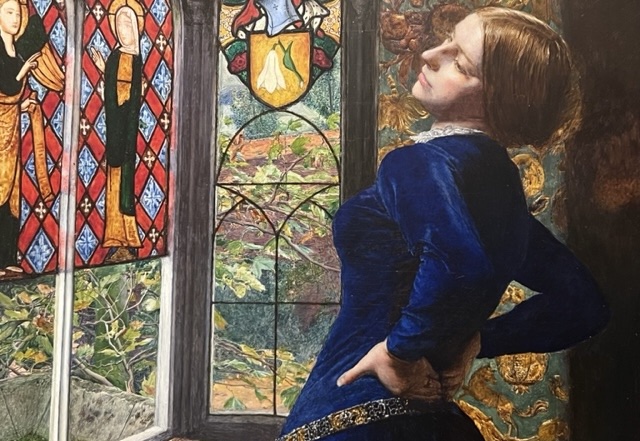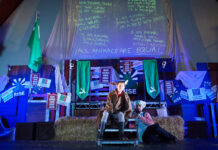The Victorians have always attracted bad press; modern-day accusations of vulgarity, prudery, garishness and hypocrisy refusing to go away.
That classic battle between the old moneyed classes versus the ill-gotten gains of the industrial revolution, still make for a gripping stand-off.
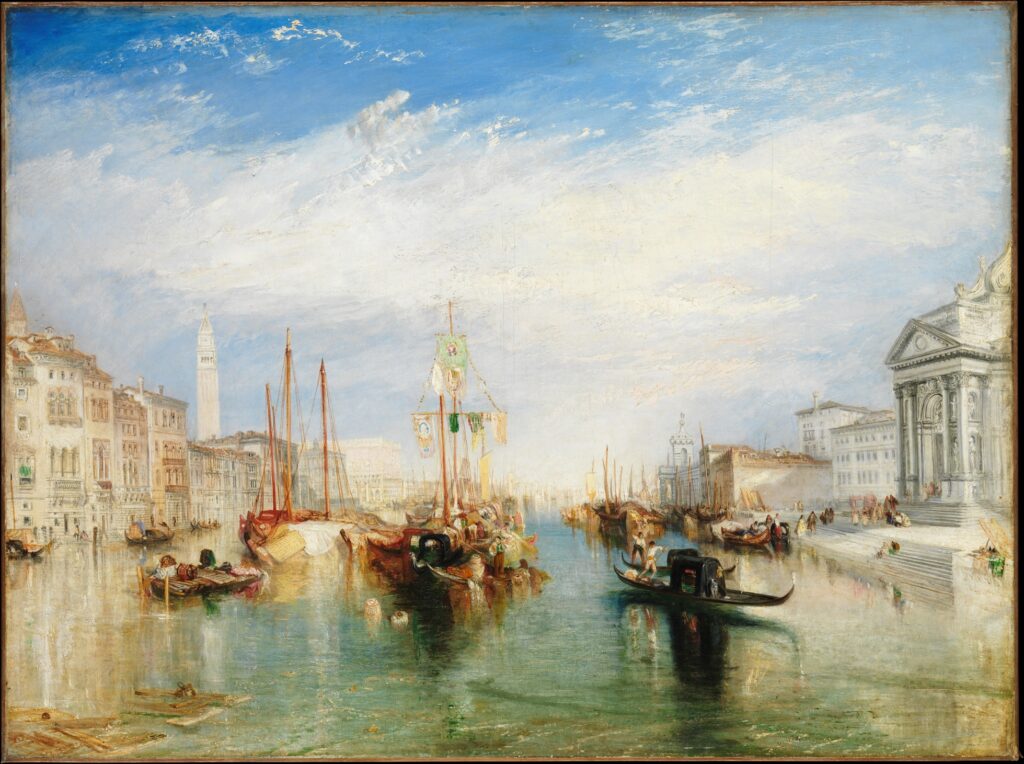
And yet our fascination with this melting pot in history shows no sign of abating, and while colour might seem a round-about way of deciphering the Victorian era and its many defining characteristics, as a route through politics, science, religion, morality and of course art, it is a quirky but novel tool.
Which still leaves its visitors largely in the dark about what to expect from ‘Colour Revolution: Victorian Art, Fashion and Design‘ which opened at The Ashmolean this week.
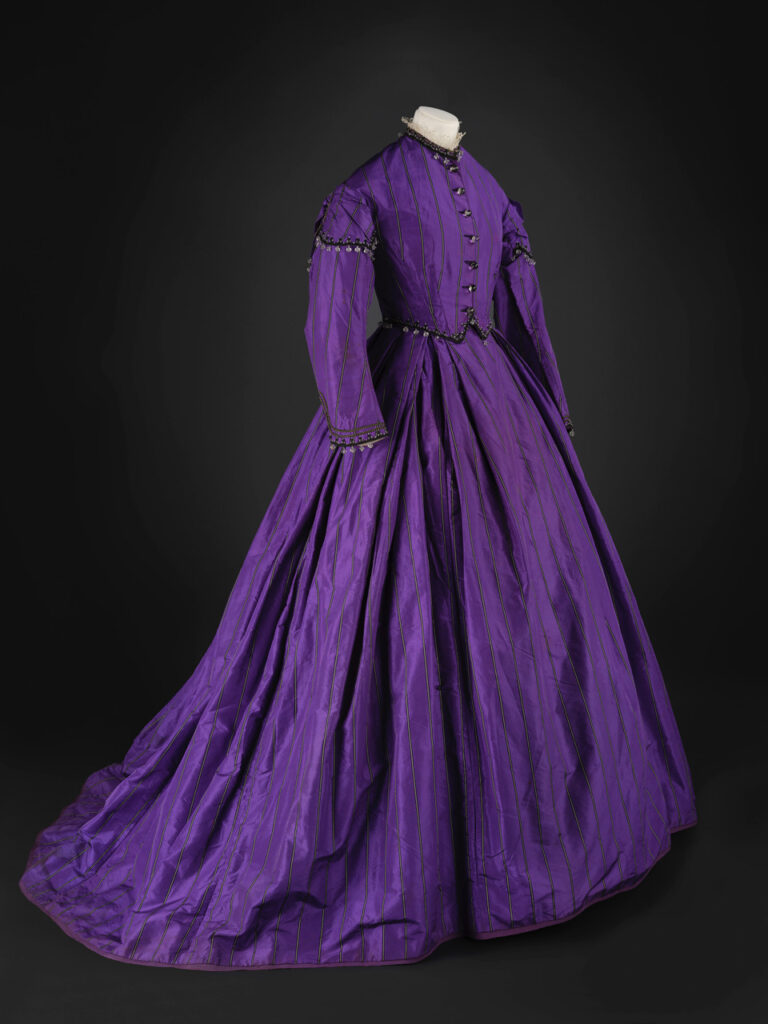
Based on William Henry Perkin‘s inadvertent invention of synthetic colour in 1856, the exhibition, curated by Charlotte Ribeyrol, Matthew Winterbottom and Madeline Hewitson, deigns to encapsulate the global effects of his discovery, not just on the Victorian worlds of art, fashion and interior design but economy, class, science, religion, colonialism and politics.

In short, Colour Revolution: Victorian Art, Fashion and Design is a look at the Victorian era before and after artificial colour was introduced, no longer the preserve of the rich, but now, shock horror, available to all, the ramifications of which were considered highly dangerous.

Snatched up by a generation used to embracing change, the sanctimonious viewed the hoi-polloi’s new love of colour with great scepticism, and the root of much evil. The conflict had begun.
Shock value aside, colour of course then began to enrich everyone’s lives, The Victorians now offering more than those dark satanic mills.
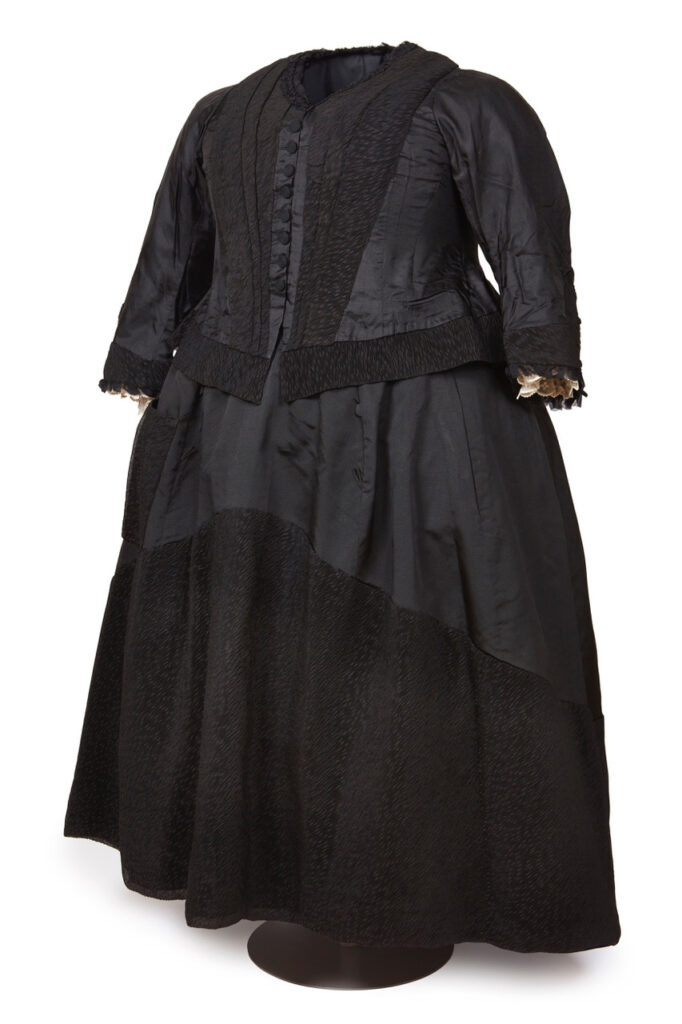
And so we move through the exhibition from the ubiquitous and stereotyped soot-blackened Victorian slums, and one of Queen Victoria’s mourning gowns, to colour’s reinvention.
From Ruskin’s heraldic palette onwards towards the Great Exhibitions of 1851 and 1862 and forward to the Impressionists – Toulouse Lautrec’s Trope de Mille Eglantine lithograph painted in a lascivious and suggestive yellow, demonstrates everything that the respectable middle-classes were concerned about.
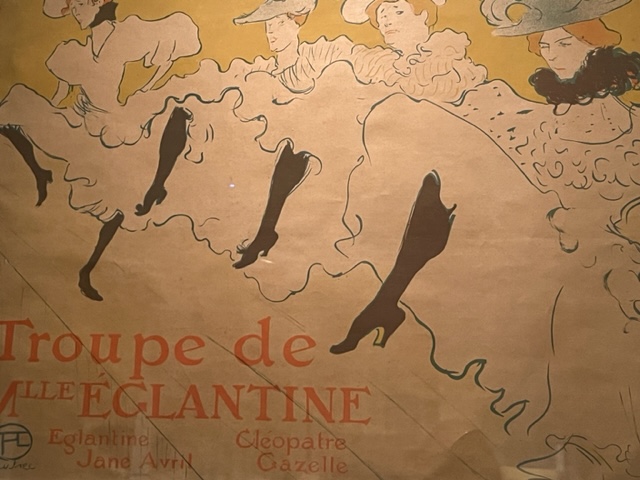
But while mass produced colour might be seen as a liberating moment, it also came with its own set of problems, causing deep divisions in society from suspicions over colour’s catholic leanings, to colour increasingly being used to labour a point – the green of decomposition, danger and poison, the yellow of depravity, lax morals and temptation.

Colour’s new ability to ensure that scupture and art could now be more realistic often had an adverse effect too. Take the bust of Maharajah Duleep Singh by Baron Pietro Carlo Giovanni Battista Marochetti, commissioned by Queen Victoria for her husband Albert.
Thanks to the rediscovery of ancient polychromy, it used new sepia tones to depict Victoria’s favourite in a more authentic light. And yet, Queen Victoria was most displeased with her coloured sculpture and gave Albert a white marble version instead.

John Gibson’s Tinted Venus, exhibited in the 1862 Great Exhibition, also caused a huge scandal. The pearly nude, was considered too lifelike. How would the masses cope with such realism and should women and children be allowed to see it at all?

Colour was also used as a vessel for change. John Bell’s The American Slave using polychrome electrotyped bronze (basically a bronze covering making it a much cheaper process) used by the abolitionists to highlight not only the plight of the colonial slave but in this instance her humanity.
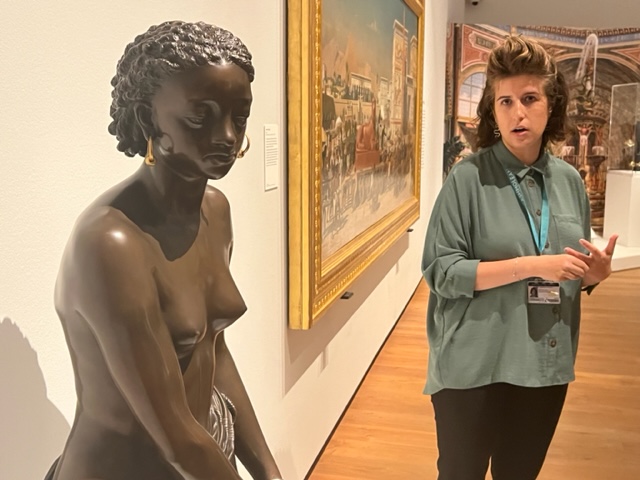
Just as importantly, fashion is prevalent throughout, from baptist minister’s daughter Mary Eleanor Cuncliffe’s vivid purple dress, to Lady Devonshire’s dress for the Jubilee ball, jewellery such as The Devonshire Parure by CF Hancock & Co, which focuses on colour rather than material to impress, and onwards through shoes, stockings and corsets.

Anyone averse to colour’s historical and psychological impact however will enjoy the art in evidence regardless.
Delights such as William Burger‘s Great Bookcase, languishing in a stately home for decades, recently been brought back into The Ashmolean fold, stands resplendent amidst the exhibition’s furniture.

From Burne-Jones‘ stained glass windows to Millais‘ Woodman’s Daughter and Mariana, Ruskin‘s Kingfisher, Turner‘s Venice, Rossetti’s casket, Pugin‘s tiles, Hunt‘s Rainbow, Hiroshige‘s Tsushima Province, Sandys‘ Vivien, Poynter‘s Israel in Egypt, Whistler‘s Nocturne and Arthur Hughes‘ April Love, the sheer scope of stunning and important Victorian art is undeniable, the greats jostling for space.
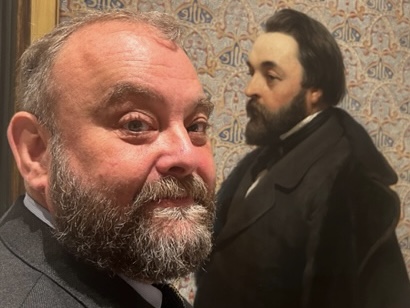
So if it’s the surprise element that The Ashmolean is after, then Colour Revolution: Victorian Art, Fashion and Design has certainly achieved it.
Katherine MacAlister
Colour Revolution: Victorian Art, Fashion and Design is at The Ashmolean until February 2024. Book here: https://www.ashmolean.org/exhibition/colour-revolution-victorian-art-fashion-design











